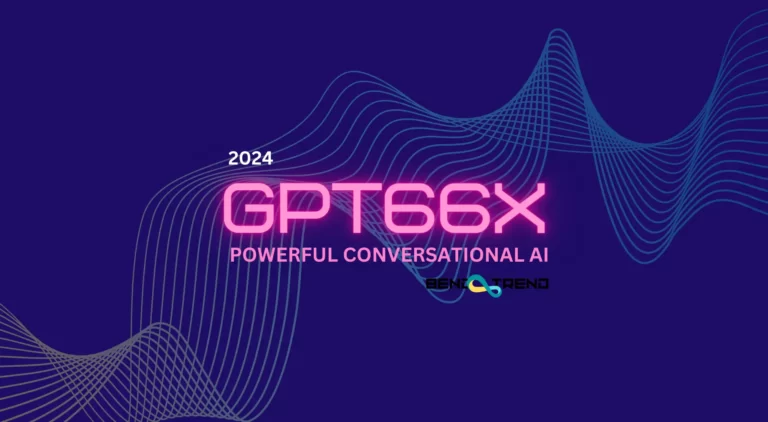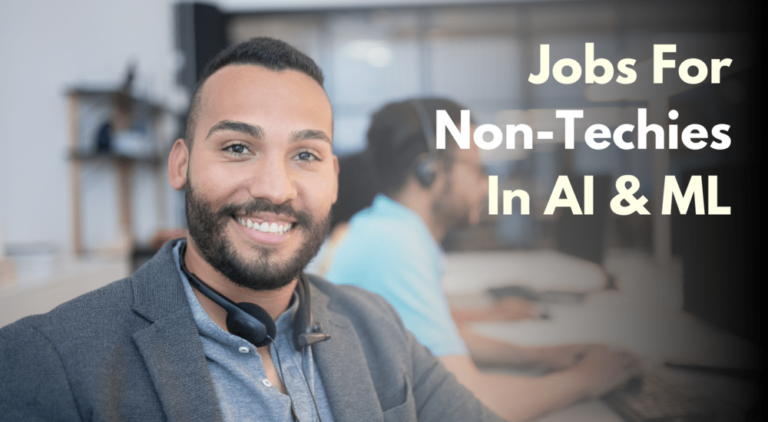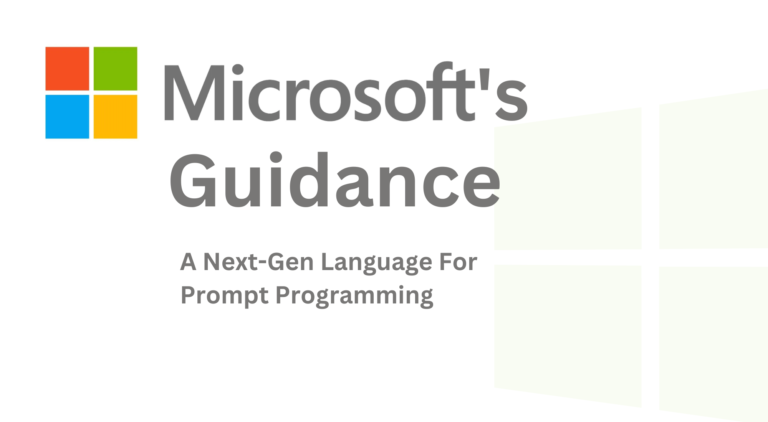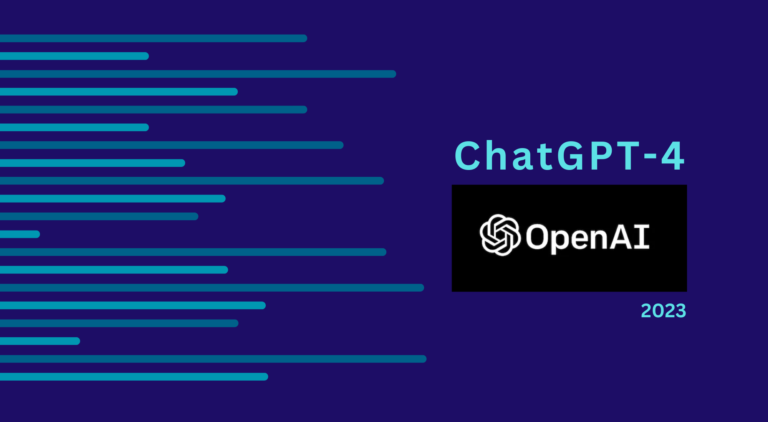Emerging Innovation in 3D Modelling through AI
Yes Guyz, you read it right an app that can quickly convert a written text into a 3D model accordingly. Let’s take an example: Suppose you type in there, A Corgi and the app will convert this exactly into a Corgi 3D model. Isn’t it amazing. However, 3D models are not that refined in appearance, rather it generates point clouds to bring the 3D model in existence, but still making an AI capable of creating such creatives could bring advancement in this field.

Are you curious to know, who is behind this amazing technology to bring into existence. Its OpenAI a start up founded by Elon Musk, they are the same company behind many viral AI based application launches in past few months, including DALL-E (a text-to-image generator) and ChatGPT. The text-to-image model was trained on labelled images to comprehend the relationships between words and visual concepts, much like generative art systems like OpenAI’s own DALL-E 2 and Stable Diffusion. The image-to-3D model, on the other hand, was taught to effectively translate between the two by being fed a set of images combined with 3D objects.
However, as I said, a few companies had already come up with this image-to-3D model concept in past including Google’s DreamFusion which generates 3D images likewise. But, here is a catch, where Google’s app requires multiple GPUs and several hours to render the image, POINT-E can render the same on single GPU in one or two minute. Here, OpenAI has managed to attain accuracy and speed at the same time, and that’s what bring them currently at first position. Although, OpenAI still have to cover a long way, to be more accurate in generating actual vanilla 3D figures as application sometimes fails to understand text prompt resulting in rendering a shape that doesn’t matches the text prompt.
Read More : Free Apps To Generate SQL Queries In Seconds
How It works?
According to the OpenAI researchers, after training the models on a dataset of millions of 3D objects and associated metadata, Point-E could produce colored point clouds that frequently matched text prompts. Nonetheless, according to the OpenAI team, it is faster than the previous state-of-the-art.
While our method outperforms state-of-the-art techniques in this evaluation, it produces samples in a fraction of the time,” as said by OpenAI in public domain. “This could make it more useful for specific applications or allow for the discovery of higher-quality 3D objects.”
Point E’s clouds, according to the OpenAI researchers, could be used to fabricate real-world objects, such as through 3D printing. With the addition of the mesh-converting model, the system could eventually find its way into game and animation development workflows.
Final Words…
OpenAI is the new emerging company to jump into the 3D object generator with grand innovation, but as I mentioned above it certainly isn’t the first. Google had already put their steps by releasing DreamFusion, an expanded version of Dream Fields, a 3D model generator that the company unveiled back in 2021. Unlike Dream Fields, DreamFusion requires no prior training, which means it can generate 3D representations of objects without 3D data.
There’s a large market for 3D models, with many online marketplaces including CGStudio and CreativeMarket allowing artists to sell content they’ve created. In future, if Point-E manages to make its place and its models make their way onto the marketplace, with heavy innovation it may attract conflicts as well. Stay tuned with coming updates on this.







